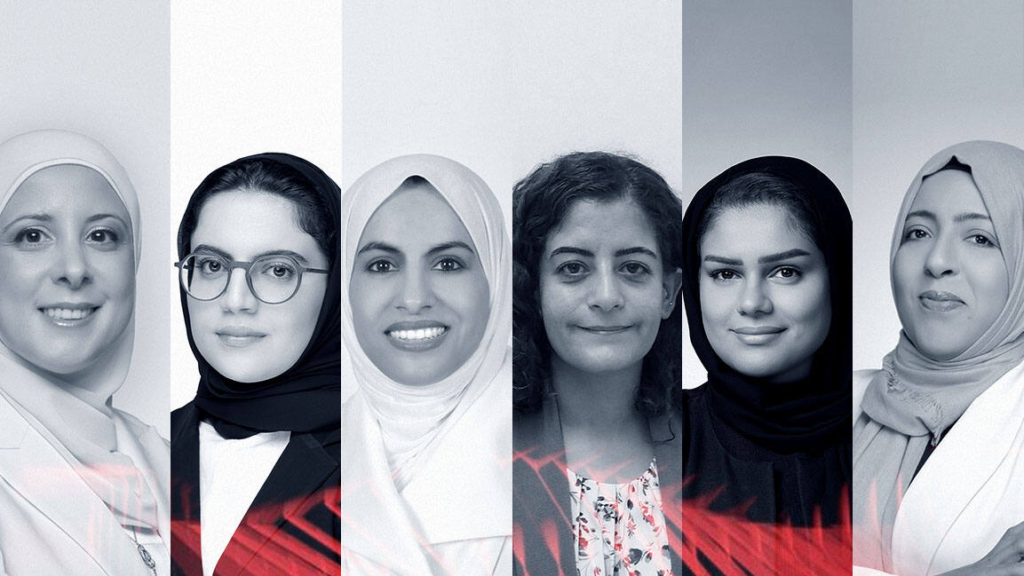The gender paradox in Arab women in tech is raising global eyebrows. While the tech industry in the West continues to battle with low female representation, countries across the Arab world show a surprisingly different picture. Data reveals that Arab women are entering science, technology, engineering, and mathematics (STEM) fields—especially tech—at higher rates than their Western counterparts.
Yet, despite these promising numbers, the paradox lies in the gap between education and employment. Women may dominate university classrooms in tech disciplines, but they face invisible walls when transitioning to the workplace. This contradiction is what experts now call the gender paradox in Arab women in tech—a term that deserves unpacking.
1. Higher Enrollment in STEM but Lower Workforce Participation

According to recent UNESCO reports, in countries like the United Arab Emirates, Jordan, Egypt, and Saudi Arabia, women make up 34% to 57% of STEM graduates. This is higher than in countries such as the United States, where women account for just 35% of STEM students.
However, when these women try to join the workforce, the numbers tell a different story. In Saudi Arabia, only 16% of the tech workforce is female, and in Egypt, the figure is even lower. This is the essence of the gender paradox—more women are educated in tech, but fewer are employed in it.
2. Cultural Factors Both Support and Block Women’s Progress
In many Arab societies, education for women is encouraged, especially in middle- and upper-class families. Girls are often seen as the family’s hope for stability and financial growth, pushing them toward high-paying, stable careers like tech.
At the same time, conservative gender roles still dominate many Arab households. Family pressure, societal expectations of marriage and child-rearing, and gender stereotypes prevent many women from continuing careers after graduation.
This contradiction fuels the gender paradox in Arab women in tech—empowered in the classroom, restricted in the boardroom.
3. Government Reforms Are Creating Positive Change
Countries like Saudi Arabia and the UAE have launched national programs to include more women in the workforce, particularly in tech. Saudi Arabia’s Vision 2030 plan has increased female labor participation from 17% in 2017 to over 37% by 2023. The UAE’s government has also invested heavily in women-led tech startups and initiatives.
These programs are slowly bridging the gap between education and employment, offering hope for women looking to build careers in data science, coding, artificial intelligence, and cybersecurity.
4. Remote Work and Tech Startups Offer New Opportunities
With the rise of remote work and digital entrepreneurship, many Arab women are bypassing traditional corporate hurdles. Tech startups have become a way for women to create their own spaces, lead their teams, and challenge social norms.
Online learning platforms, freelancing sites, and coding boot camps also provide flexible options for skill-building without the need to move away from home or face public judgment. This modern tech culture is slowly reversing some of the challenges in the gender paradox in Arab women in tech.
5. Women Are Leading Some of the Region’s Top Tech Firms
Despite the challenges, several Arab women are shining examples of success in the tech industry. Raya Bidshahri, founder of the Dubai-based education tech company School of Humanity, and Rana el Kaliouby, founder of AI company Affectiva, are global names.
Their stories prove that with the right environment and support, Arab women can rise to leadership positions in tech. These role models also inspire younger generations to pursue and persist in tech careers, further pushing back against the paradox.
6. Online Harassment and Gender Bias Are Major Barriers
However, success does not come easily. Many Arab women in tech face gender bias, workplace discrimination, and even online harassment. In male-dominated work environments, women are often overlooked for promotions or subjected to toxic cultures.
This discouragement can cause highly educated women to leave the industry or not even enter it at all—reinforcing the paradox once again.
7. The Future Lies in Policy, Mentorship, and Social Reform

Solving the gender paradox in Arab women in tech will require a multi-level approach. Government policies need to continue supporting female employment through maternity leave, anti-discrimination laws, and entrepreneurship incentives. At the same time, schools and universities should introduce mentorship programs that connect students with working professionals.
Public awareness campaigns and social media advocacy can also play a huge role in changing mindsets about women in the workplace.
Conclusion: A Region on the Brink of Change
The gender paradox in Arab women in tech is not a dead end—it’s a turning point. The educational achievements of Arab women show enormous potential. What’s needed now is a system that allows them to thrive after graduation.
The tech industry in the Arab world stands at a crossroads. With the right mix of policy, innovation, and cultural evolution, the paradox can become a success story—one where talent meets opportunity, regardless of gender.
Also Read – 7 Powerful Reasons Technology Education Key to India’s Sovereignty


